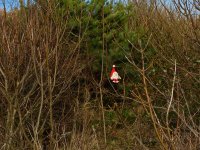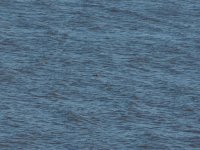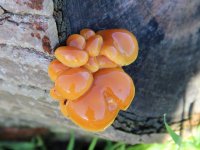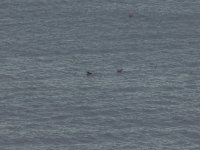The photo in #18811 has minimal similarity to the illustration in the field guide. Only after GoogleImaging do some resemblances appear.
How are mere mortals supposed to ID these things, James ? Especially from a guide with over 600 pages.
Perhaps a Norfolk Fungi thread- or, ‘fibril’- should be started (?).
Tony Leech (Norfolk Fungus Recorder) says "Fungi can be very hard to identify: blame the fungus, not yourself!" I have had an interest for many years, and I am still loath to identify many. A lot require a suite of characteristics and/or microscopic examination too.
What is possible is to acquaint yourself with families and around 200 of the most frequently occurring and distinctive species.
With regards to Paul's photo, it would be very difficult to ID that from a book, because the photo doesn't show a stem or the underneath, so you wouldn't know it was a 'mushroom' type. So rule #1 for photographing fungi is to try and photograph underneath as well as the cap.
Other important things to note are substrate (alive wood, dead wood, soil, dung, pine cones etc), trees nearby (many species are associated with specific trees, but just deciduous/coniferous will help), smell, and if your specimen is growing singularly, spread out or many from one base ("trooping").
There is no one definitive book, a combination are best. The Roger Philips guide is useful because it shows a range of different specimens of each fungus, which is useful because most books don't show the range of variation.








